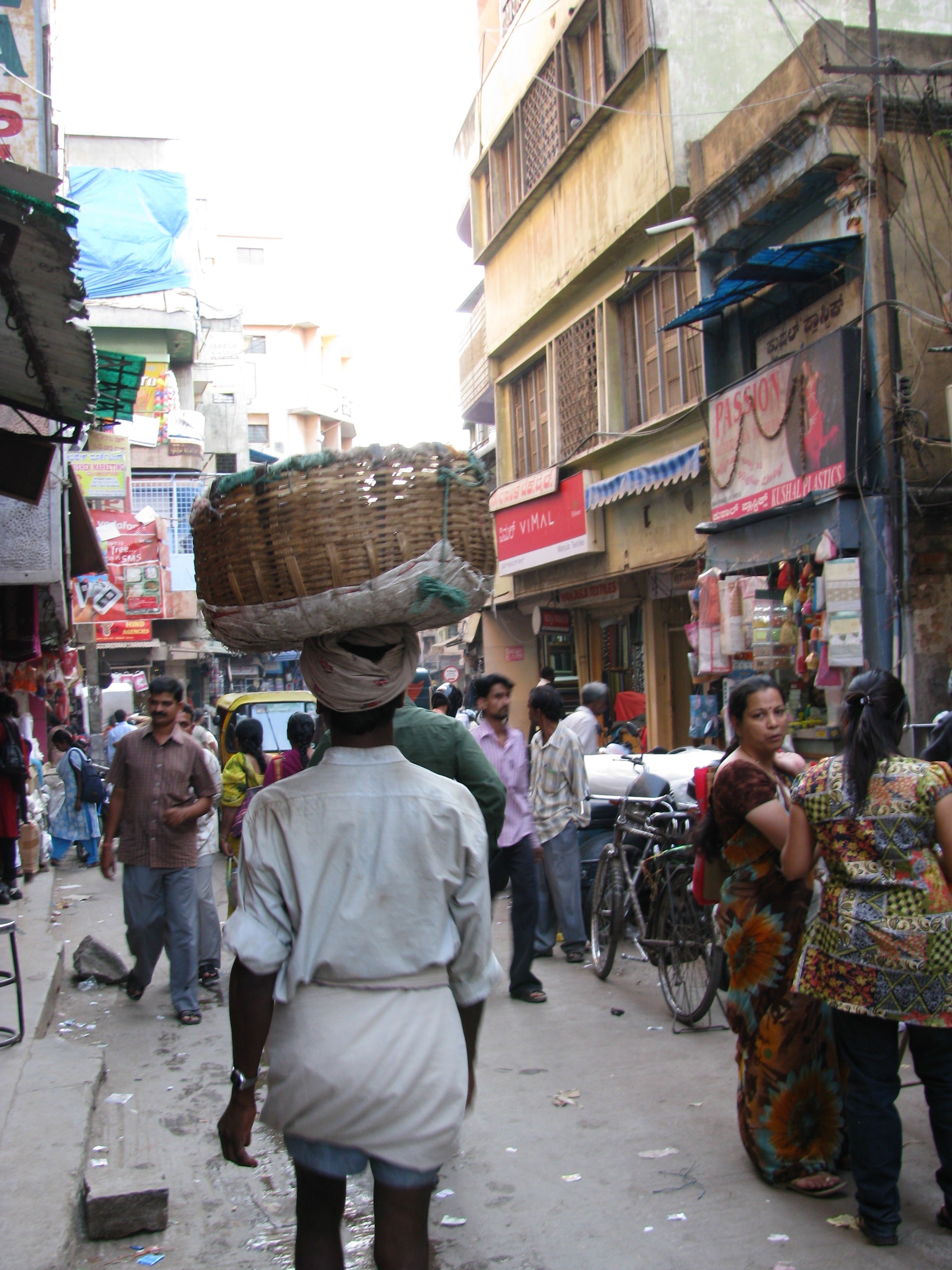INDIA
My introduction to the mala was by way of a once-in-a-lifetime trip to India. It was 2009 and I was working with a friend whose parents resided in Trivandrum, the capital of the southern Indian state of Kerala. While some of the trip was spent in the city, much of it was a journey within the country to visit the temples and sacred places that were part of her family’s history–a tradition to honor her ailing grandmother.
For three weeks, I traveled in the back of a van with the Thampi family. We ventured west where paved roads turned to dirt, and urban centers receded to sweeping bucolic landscapes that felt as though they existed in another time.
Our first destination was a temple deep in the Indian jungle. As we approached the town’s walls, monkeys swung from vines, curiously following our vehicle to carved wooden gates. Inside was a bustling community where cows roamed walkways and streets were painted with lotus flowers. Strings of jasmine hung from every overhang.
At the center was the temple, its entrance marked by a pile of shoes. Inside, everyone was barefoot, jubilant, and ready for a celebration. Mr. Thampi was greeted by a Brahman priest. He introduced us and the man took my hand with the biggest, warmest smile. They told me very few outsiders pass through the temple walls, and that my presence on that day was special and predestined–meant to be as part of my life’s journey. It was then I was given my first mala that was blessed at the temple, made with sweet-smelling rosewood and knotted with a dark red string. It was one of the most beautiful, special gifts I’ve ever received.
We celebrated the rest of the day, sharing stories and making offerings to deities. I learned about Shiva, Ganesh, and Kali, and was enveloped by the strongest sense of community and pride. I didn’t know going into the trip that I would leave changed, but I did. The generosity and kindness of the Thampi family, and the warmth of the Indian people, awakened something inside me, a spiritual self that until that moment, remained unseen and unfelt.
Now, when I knot malas, I try to imbue that same sense of community and specialness into every piece. As a tool for mindfulness, it’s my hope that every mala finds a home with someone who uses it the way it was intended.
It important to me to continue supporting vendors in India, and from a subsequent trip I took to Nepal. We honor culture not by taking what we want from it, but by respecting customs and supporting the people who carry them forward.







































